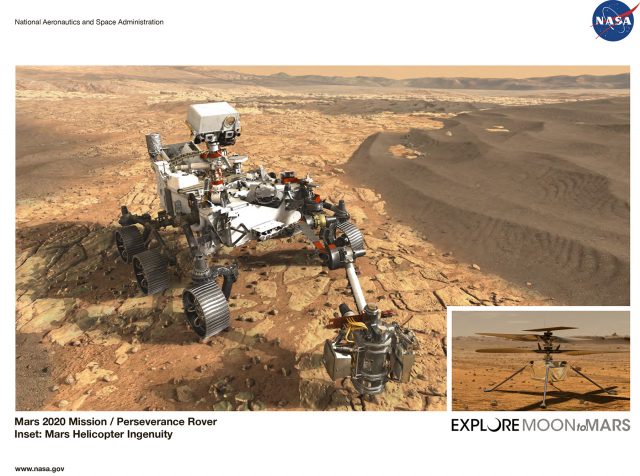Have you noticed Mars rising in the east yet? It rises after 8 pm and the red planet is at its brilliant best this month because it will be close to Earth.
Every 26 months, Mars is at “opposition”. More on that below, but what it means is that Mars is as close to Earth it gets during that time and appears brighter in our night sky. Why every 26 months?
The key to understanding this is to know that Earth goes around the Sun faster than Mars and it takes 26 months for us to catch up and be close together again! This year, Mars has its closest approach to Earth on 7 October and the red planet will be at opposition on the 14th.
Mars is as close as it gets to Earth all year and it won’t be this close again until 2033. The distance between Earth and Mars varies when we catch up to each other in orbit. That’s because we both have elliptical (or oval shaped) orbits around the Sun. Sometimes we’re closer to each other than other times. 2020 is a particularly close approach. Mars will look brilliant in the night sky.
When and where to look: 8 pm, 7 to 14 October. Mars has its closest approach to Earth on 7 October. Opposition is on 14 October. Look to the east.
What’s “Opposition”?
“Opposition” is a word that astronomers often use. A planet is said to be in “opposition” when it is on the opposite side of Earth to the Sun. “Opposition” only occurs for planets that are further out from Earth’s orbit around the Sun. Mercury and Venus can never be in “opposition” because their orbits are closer to the Sun than Earth’s. Earth can never be in between these planets and the Sun!
More stargazing: Find out what else is up in WA’s beautiful dark night sky at www.astrotourismwa.com.au/stargazing.








